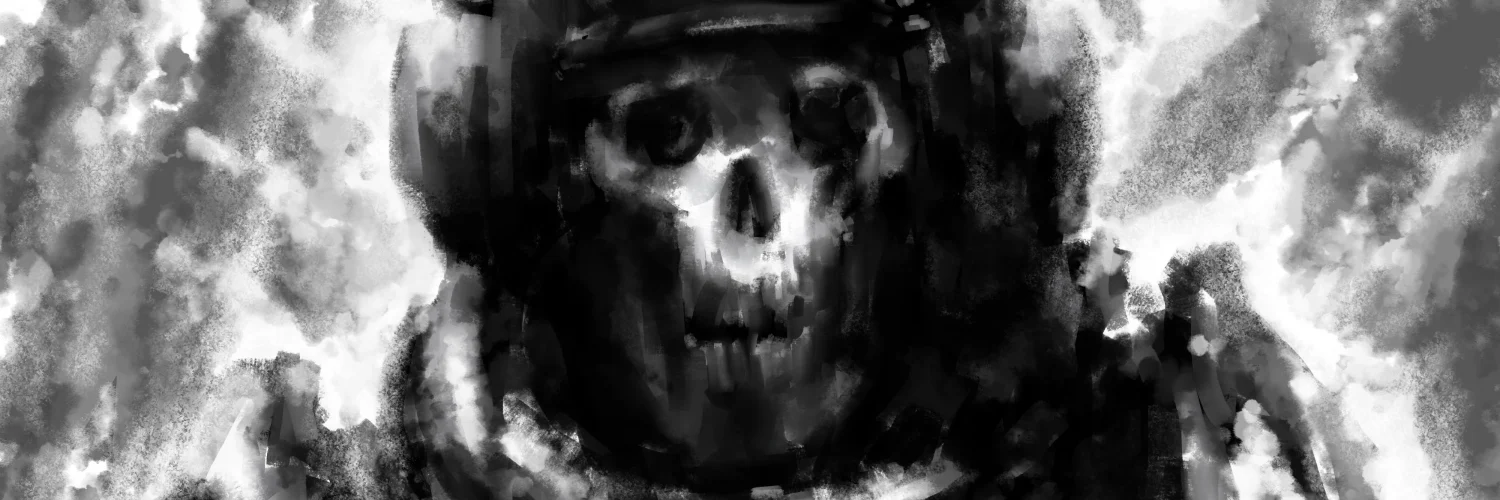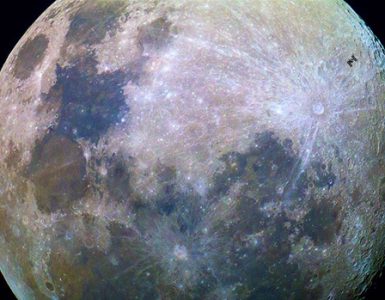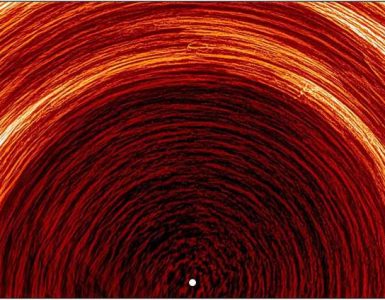There are a million and one ways to die in space, whether it’s from micrometeoroid impacts shredding your ship or solar flares frying its electronics, drowning in your own sweat during a spacewalk or having a cracked coworker push you out an airlock. And right at the top of the list is death by radiation.
Those same energetic emissions from our local star that give you a tan can scour the atmosphere from a planet if it doesn’t enjoy the protection of an ozone layer. While today’s low Earth orbit crew and cargo capsules may not come equipped with miniature magnetospheres of their own, tomorrow’s might — or maybe we’ll just protect humanity’s first deep space explorers from interstellar radiation by ensconcing them safely in their own poop.
Types of Radiation and what to do about them
Like strokes and folks, there are different types and sources of radiation both terrestrial and in space. Non-ionizing radiation, meaning the atom doesn’t have enough energy to fully remove an electron from its orbit, can be found in microwaves, light bulbs, and Solar Energetic Particles (SEP) like visible and ultraviolet light. While these forms of radiation can damage materials and biological systems, their effects can typically be blocked (hence sunscreen and microwaves that don’t irradiate entire kitchens) or screened by the Ozone layer or Earth’s magnetosphere.
Read more at Engadget.com





